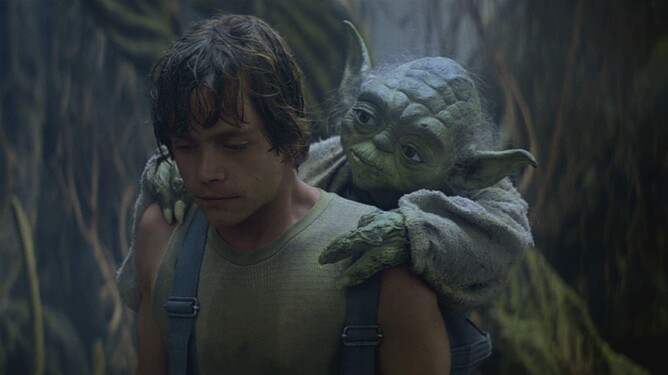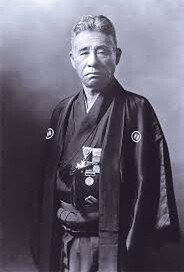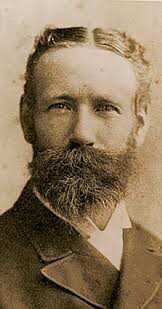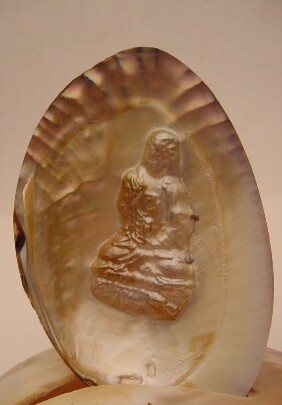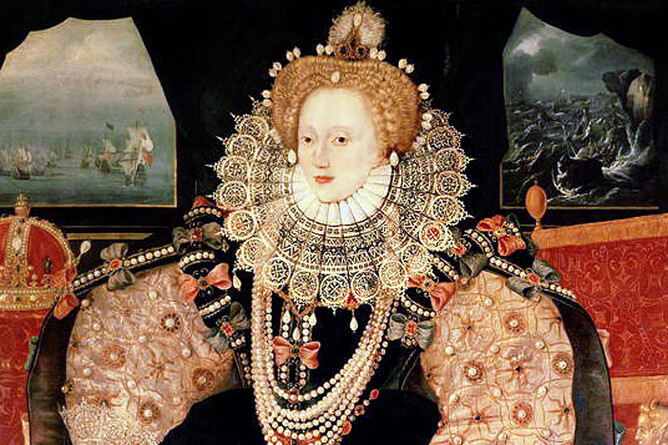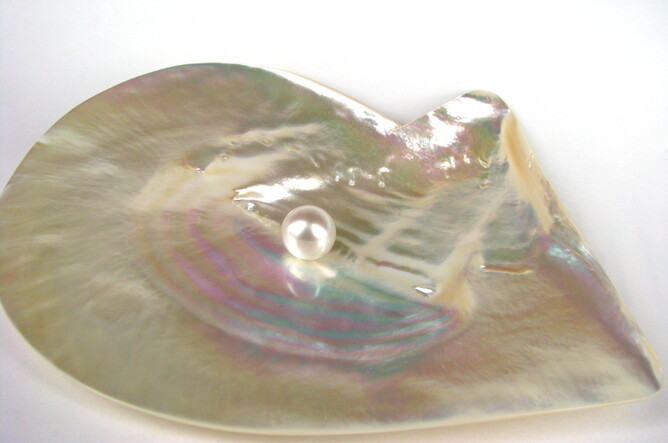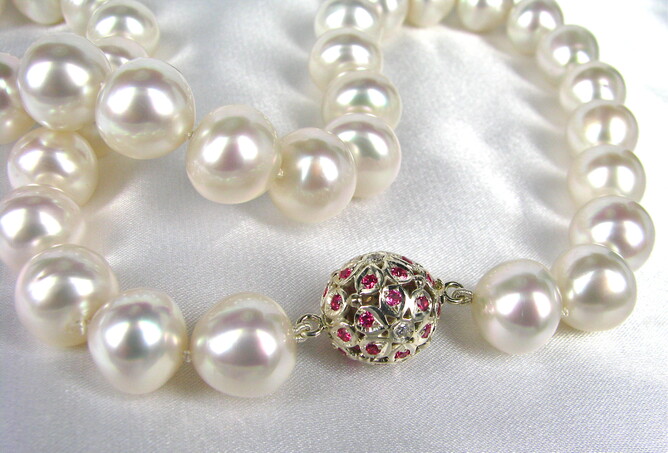Unexpected Event
An unexpected event required my work room to undergo repairs and temporary closure.
The thought of not being able to be creative & make jewellery for some time, was not an appealing thought.
And so it was, per chance, luck, fate, divine intervention, 'the force',
- choose your alignment,
The thought of not being able to be creative & make jewellery for some time, was not an appealing thought.
And so it was, per chance, luck, fate, divine intervention, 'the force',
- choose your alignment,
I came into the knowledge that the Gemological Institute of America (GIA) offered a correspondence course on pearls.
Excitement brewing, I quickly contacted them, paid my fees and signed up.
Excitement brewing, I quickly contacted them, paid my fees and signed up.
History
The human history and desire for pearls goes back thousands of years. The biological history of pearls goes back millions of years, dated by finds of pearl fossils.
The course however, does not cover history that far back and is focused on the beginnings of pearl cultivation.
The course however, does not cover history that far back and is focused on the beginnings of pearl cultivation.
Kokichi Mikimoto
Kokichi Mikimoto was an extraordinary man and a name many people have heard of and associate with fine pearls.
Mr Mikimoto started experimenting with Akoya pearl culturing in the early 1890's.
He patented his first technique in 1896.
Also working on pearl culturing at a similar time, was a man called Tatsuhei Mise.
He produced the first spherical Japanese cultured pearl in 1904.
Mise applied for a patent in 1907, but was rejected as a man called Tokichi Nishikawa also applied for a patent, using the identical culturing procedure.
They eventually signed on a joint ownership agreement.
What Mikimoto had over these gentlemen, was determination, self promotion and brilliant marketing.
Mikimoto received a patent for his spherical pearling technique in 1916 and eventually bought Mise and Nishikawa's method, thus making him the
'father of pearl culturing'!
He patented his first technique in 1896.
Also working on pearl culturing at a similar time, was a man called Tatsuhei Mise.
He produced the first spherical Japanese cultured pearl in 1904.
Mise applied for a patent in 1907, but was rejected as a man called Tokichi Nishikawa also applied for a patent, using the identical culturing procedure.
They eventually signed on a joint ownership agreement.
What Mikimoto had over these gentlemen, was determination, self promotion and brilliant marketing.
Mikimoto received a patent for his spherical pearling technique in 1916 and eventually bought Mise and Nishikawa's method, thus making him the
'father of pearl culturing'!
Prior to Mikimoto, in Australia.....
William Saville Kent, an English biologist living in Australia, was experimenting with pearl culturing in the 1880's.
Mr Kent started Australia's first commercial perliculture venture, by successfully marketing his cultured half pearls. Then in 1890, he produced the first spherical cultured pearl. Sadly though, Mr Kent died in 1906 without recording his culturing methods.
1200's in China
Blister pearl cultivation can be traced back to the 1200's in China.
They had worked out that placing a wax or smooth carved object – often a Buddha, inside the shell of a fresh water mussel, would cause it to be coated with nacre. The ornament would be prized or cut away from the shell.
They had worked out that placing a wax or smooth carved object – often a Buddha, inside the shell of a fresh water mussel, would cause it to be coated with nacre. The ornament would be prized or cut away from the shell.
Pearls in all Oysters?
There are only about 30 – 35 species of molluscs that are capable of producing a pearl. Of those 35, about 14 of them are used in pearl farming.
Natural Pearls
In centuries gone past, the collection of oysters in search of natural pearls has decimated some species of oysters.
Pictured below is Queen Elizabeth I wearing natural pearls. She loved them and I have read that she strove to make a strong alliance with the Spaniards, as their coffers were filled with magnificent pearls!
Pictured below is Queen Elizabeth I wearing natural pearls. She loved them and I have read that she strove to make a strong alliance with the Spaniards, as their coffers were filled with magnificent pearls!
Purchase Cultured Pearls
Natural pearls are still found, but in very limited quantities. In order to preserve the pearl producing oysters we have left, purchasing cultured pearls and not natural ones, is the only way forward.
Working with Nature
South Sea, Tahitian and Japanese Pearl farming is intricately linked with nature & working with nature in its most pristine state.
Successful pearl farming can not take place in polluted waters and so it is in the farmers' interest to keep the waters and any surrounding environment clean.
A National Geographic documentary has recently been released on South Sea Pearl farming in Australia. If the process and beautiful environment interests you, then it is really worth watching.
Click here to view the documentary preview.
Successful pearl farming can not take place in polluted waters and so it is in the farmers' interest to keep the waters and any surrounding environment clean.
A National Geographic documentary has recently been released on South Sea Pearl farming in Australia. If the process and beautiful environment interests you, then it is really worth watching.
Click here to view the documentary preview.
4 Categories of Pearls
For in-depth learning in my course, pearls were classified into four main categories.
Fresh water pearls (grown in a mussel, in fresh water, mostly in China)
Akoya pearls (grown in an oyster, in the sea, mostly around Japan and China)
South Sea Pearls (grown in the sea's largest oyster, around Australia, Philippines and Indonesia)
Tahitian pearls (grown in an oyster, in the sea, around French Polynesia,)
Fresh water pearls (grown in a mussel, in fresh water, mostly in China)
Akoya pearls (grown in an oyster, in the sea, mostly around Japan and China)
South Sea Pearls (grown in the sea's largest oyster, around Australia, Philippines and Indonesia)
Tahitian pearls (grown in an oyster, in the sea, around French Polynesia,)
Sensitive South Sea Oysters
You may have noticed from my website that I have a penchant for Australian South Sea Pearls.
South Sea pearls are grown in the world's largest oyster called Pinctada Maxima.
It is a very sensitive and easily stressed animal, so great care must be taken when nucleating and farming these precious beings.
South Sea pearls are grown in the world's largest oyster called Pinctada Maxima.
It is a very sensitive and easily stressed animal, so great care must be taken when nucleating and farming these precious beings.
The Queen of Pearls
As I worked my way through the assignment on South Sea pearls, I was not disappointed by anything that I learnt and I can only hold them in higher regard.
They are the Queen of all pearls!
They are the Queen of all pearls!
Next Blog
This blog was meant to be on the art and history of Cameo's but I am delaying that until I have turned some of the ones I recently purchased into wearable jewellery.
So, for my next bIog I intend to delve further into the history of pearls and share with you their involvement and impact on human history. It is far greater than many people are aware!
So, for my next bIog I intend to delve further into the history of pearls and share with you their involvement and impact on human history. It is far greater than many people are aware!
